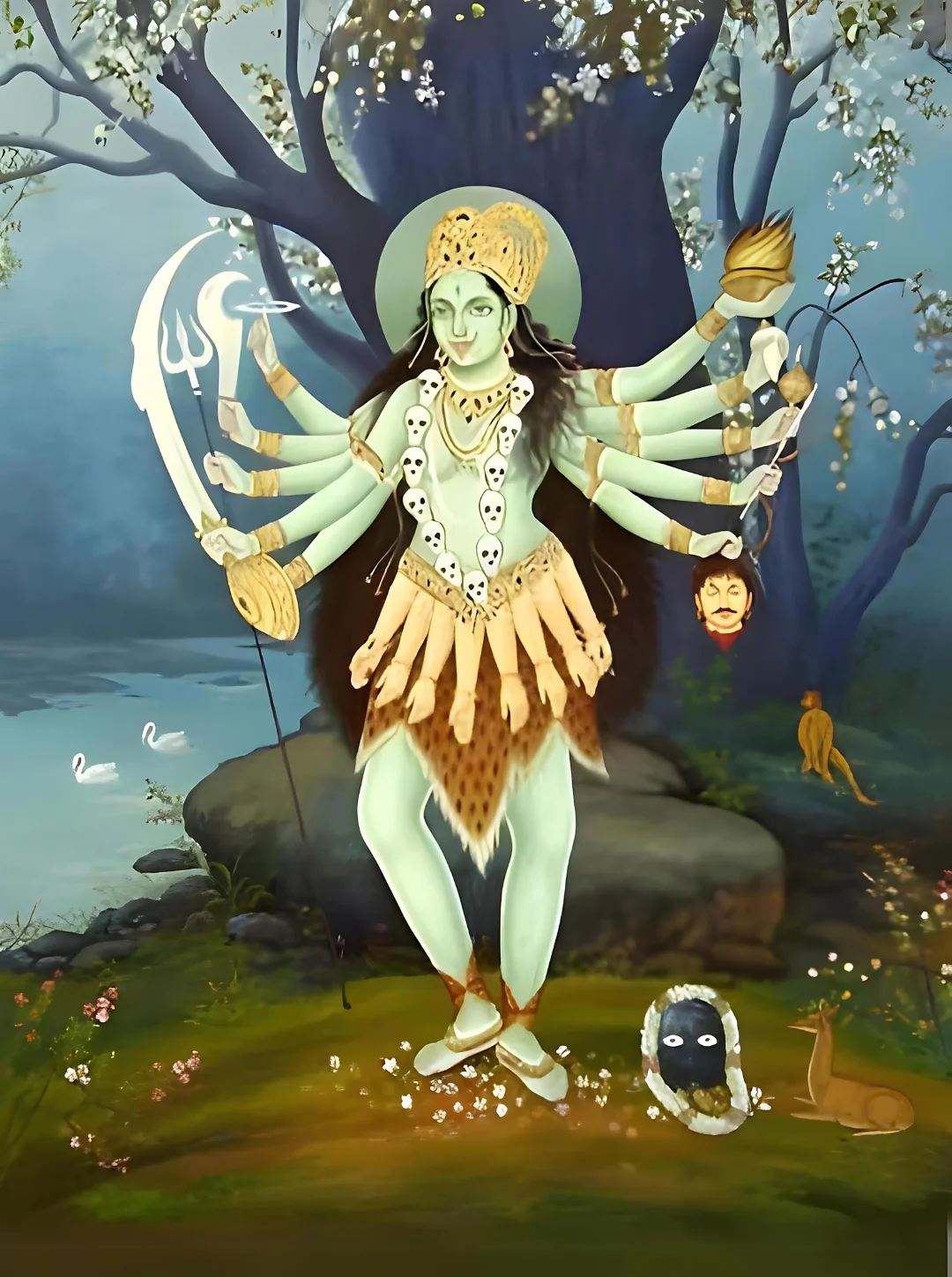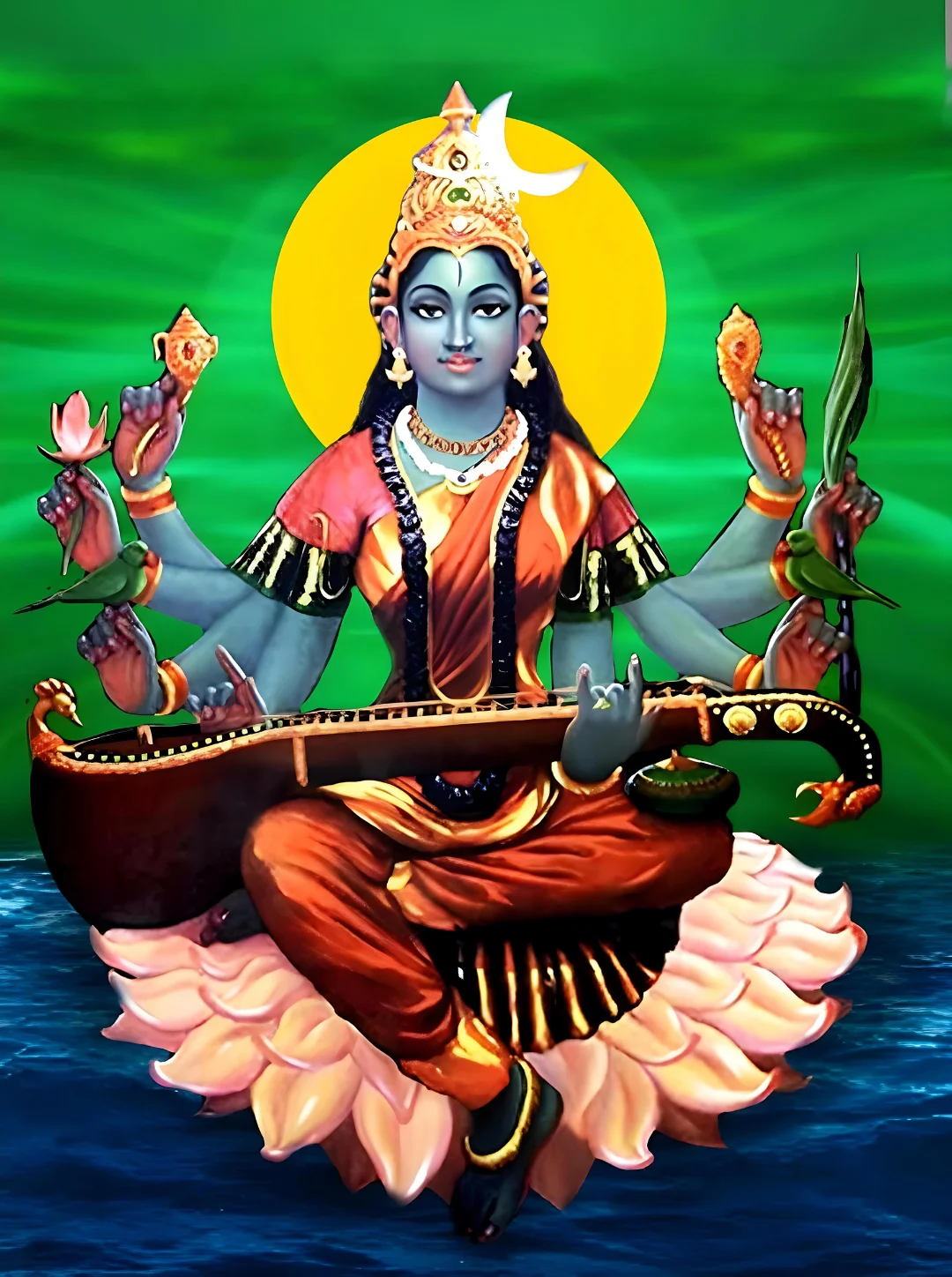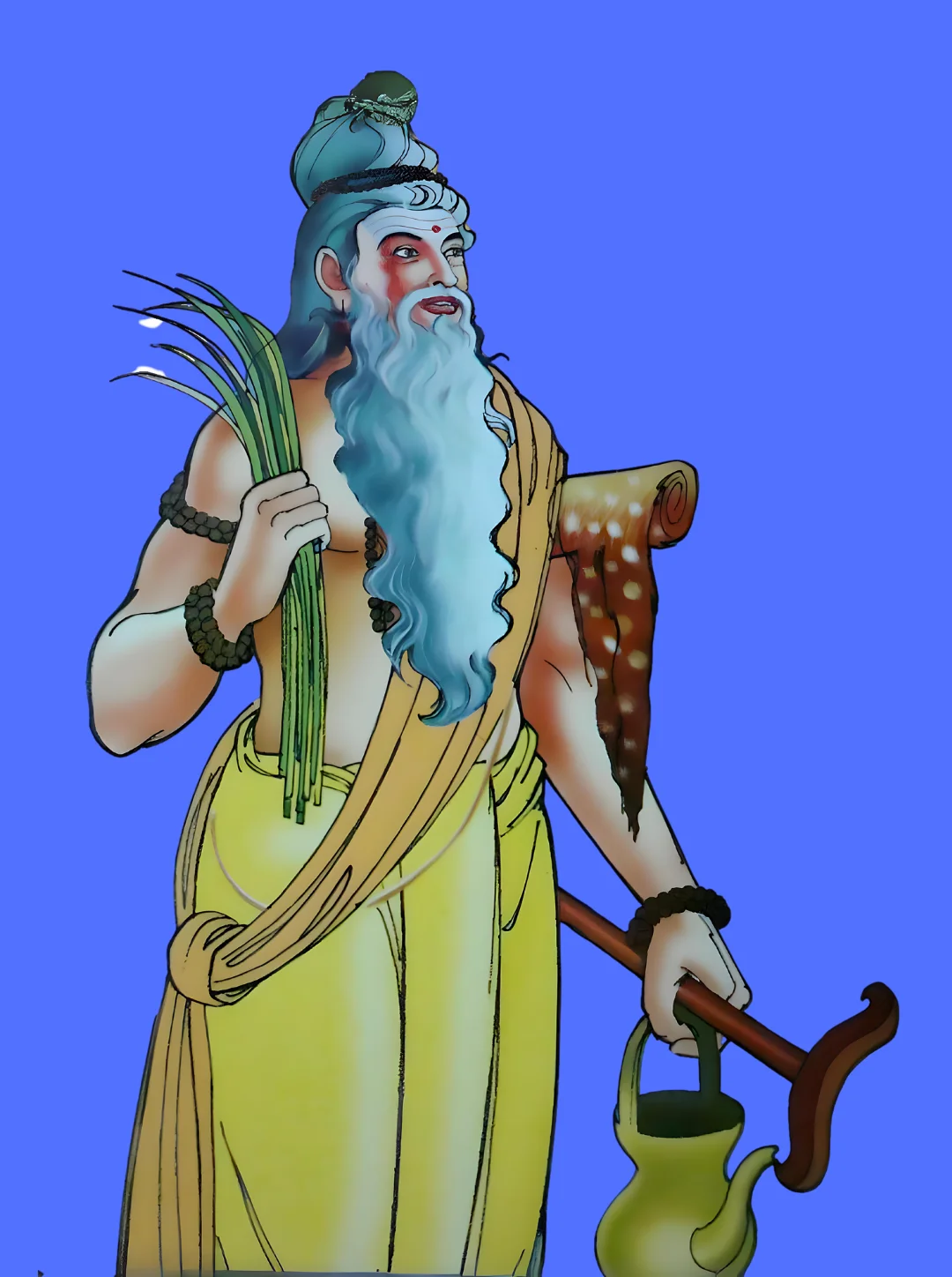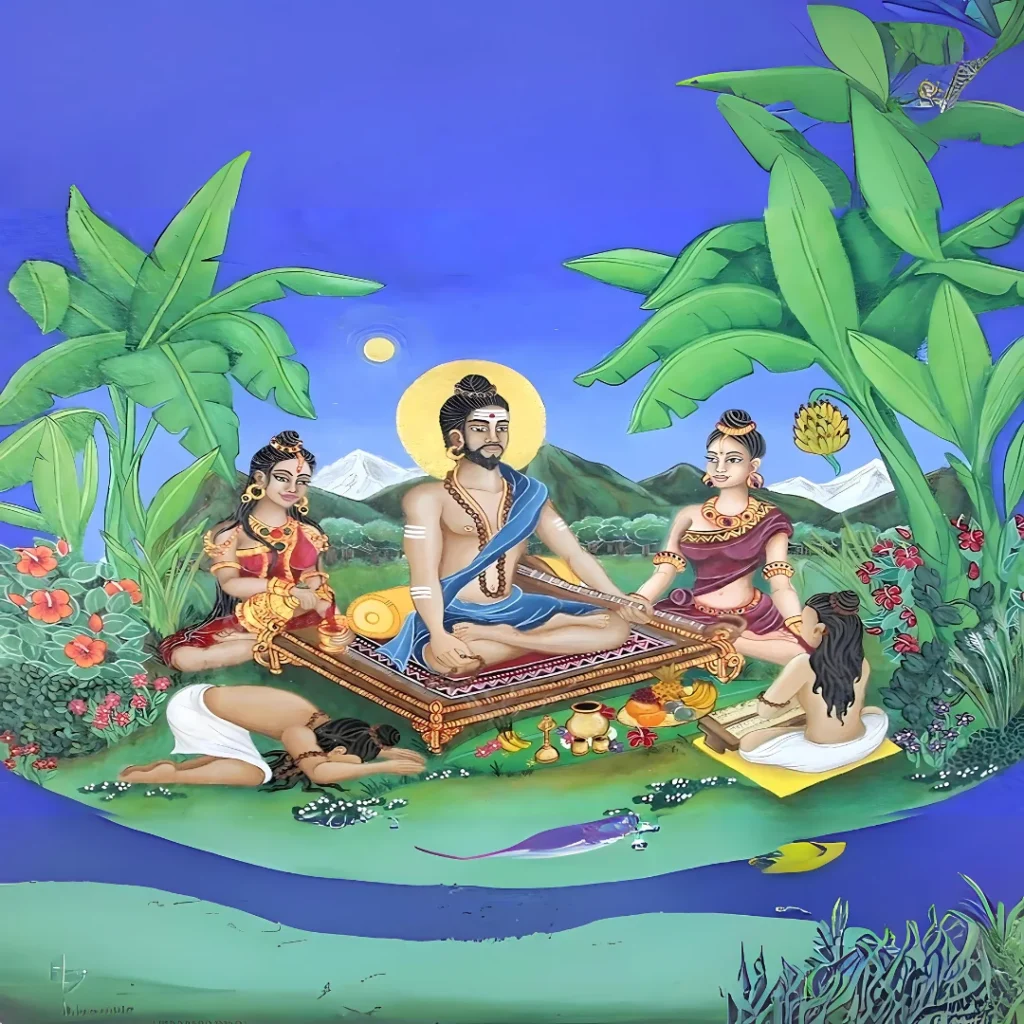Please Like the Blog and Share it for Maximum Reach
Table of Contents
A Warning
This is just an informational video blog. Kindly note that none of the Dasha Mahavidya Sadhana process should be carried out under the orders of a self-realized Tantric Guru who is aware of the intricate details of the sadhana process and adept in rituals and the mood of the paddhati or methodology.
Any error in Tantrik Sadhana can even cause dangers to the life of a sadhaka. So one has to be absolutely certain if one wishes to even think of venturing into this dark path of Tantrik vidhi.
Who is Tara Mahavidya?
Goddess Tara is the second among the Dasha Mahavidyas. The word Tara comes from the Sanskrit root word ‘Taara’ which means to liberate. Hence, Mother Tara is the boat which takes us past the ocean of Nescience. However, on the journey, the Sadhaka collects bonus points or treasures as Siddhis.

The power of One Goddess Tara is equivalent to that of a thousand Saraswatis.
Physical Description of Goddess Tara
Tara is a fierce manifestation of the mother Goddess. Many paintings depict her pot-like belly, as a repository of Siddhis or occult powers. Tantriks adore this auspicious form. The countless braids of her matted hair represent the countless beams of sun rays.
Difference between Kali and Tara
Goddess Tara and Kali have such striking similarities, we may often get confused. Both wear a garland of heads, they step on Lord Shiva and hold a naked sword in their hand. However, on close observation, we find subtle differences in their leg posture.
Also note that Kali Devi wears a skirt of severed arms while Tara Devi covers her body with tiger skin. Kali has a black complexion while Tara Devi is blue. Goddess Tara holds a scissor, blue lotus, bloodthirsty sword, and a Khappar bowl in her four arms.

With the scissor, she cuts the backlog of Karma, our bondages and miseries. The blue lotus symbolizes mystical powers, beauty and wisdom. These boons come to every Sadhaka who performs the Tara Mahavidya.
7/8 Questions from Sanatana Dharma
The scores generated in this Quiz may or may not be absolute. There may be right or wrong answers to each Question. A percentage towards 100 indicates that you are more aligned to the overall subject matter.
What does the Khappar bowl symbolize?
Let us understand it with an analogy. Before decorating a room, we sweep and mop it. Only after the cleaning, we beautify it with room-decors and showpieces. Similarly, before bestowing the embellishments of life, Goddess Tara absorbs our impurities and negative thinking patterns into her bowl.
Thus, the Khappar bowl looks inauspicious representing our vices which she bears in her hand.

Finally, one attains various Siddhis, which are personal, known only to Tara Devi and her Sadhaka.
Forms of Tara Devi
Ugra Tara – Her name has the word ‘Ugra’. Ugra means fierce. Ugra Tara’s energy is harsh and heavy on our consciousness.
Sadhakas undertake Ugra Tara Sadhana only when their problems are life-threatening. She is the last resort to save one from a do or die situation. Since she deals with a major portion of our bad Karmas, she has a fiery personality.

Neel Saraswati– Her sadhana is great for creative talents, similar to Goddess Saraswati. However, her blue complexion is in contrast to that of the fair Goddess Saraswati. The Sadhaka excels at poetry, designing, singing, dancing and writing.
Eka Jata is yet another form of Tara Devi
Experiences of Tara Sadhana
It is indeed difficult to explain the varied dimensions of Devi Loka.
However, a sadhaka can sense energies, as he matures in his sadhana. For instance, Ma Kali’s energy is dark and intoxicating, which disconnects one from the virtual world, which means this material world.
The Sadhaka transcends the thoughts-world and is sucked into a black hole, an extraordinary feeling indeed. Tara Devi’s energy is similar and yet different. While Kali devi is the ultimate destination, Goddess Tara is more of a problem solver. Her name, itself defines her purpose of liberating others from their current mess, quite appealing to the material man.
However, as she shuffles our Karmas, the very foundation of our birth, one may experience tremendous mood swings. Deep and sudden realizations of life may dawn. One may have an after death experience depending on one’s spiritual maturity and inherent nature.

An unguided Sadhaka may entrap himself between the two worlds, staking his mental sanity. So, perform sadhana only after initiation from the self-realized Tantra Guru.
Story of Goddess Tara
A very popular story connected with Tara Devi is this one. Goddess Tara supported Lord Shiva in his decision of drinking the Halahala Poison. Well, she inspired him to take the tough call. When Lord Shiva drank the dangerous venom, his body turned blue, throat dried, and he was losing consciousness.

Mother Tara observed him from a distance and felt sorry for her lord. Moved by His condition, Tears welled up in her eyes. A surge of motherly love towards Lord Shankar overpowered her Being. She ran towards Mahadev, who transformed himself into a baby. She held the infant on her lap and started breastfeeding him. Her milk was indeed magical.
The Lord’s abnormally blue skin transformed into a milky white complexion sparkling like fresh camphor. Mahadevi absorbed all the poison into her body and became blue instead. Such is the sacrifice of Tara Ma. Also, Mother Tara wanted to reward Lord Shiva for his selfless contribution in saving the world.
She christened the infant Akshobhya Shiva which means the undisturbed one. The goddess then placed the infant Lord on her head making an announcement for all to hear. Whoever wants to win her grace, must first worship Akshobhya Shiva, the infant form of Lord Shiva. Only then, she will listen to our prayers. Paintings depict Akshobhya Shiva as the coiled snake ornament on her hair.
Tara Peetha is a Shakti Peeta in West Bengal, dedicated to Goddess Tara. It lies in the Birbhum district of West Bengal. It is said that the eyes of Sati Devi had fallen there.
Sage Vashishta Worships Goddess Tara
Influenced by the mystical goddess, Once, Sage Vashishta took up Tara Mahavidya Sadhana. Since he came from the Vedic era, he worshiped her in the Vedic style.

The Sadhana continued for years but failed in pleasing Goddess Tara. Frustrated by her indifference, Sage Vasishta cursed the Goddess to lose her powers and status as a potent Dasamahavidya.

Lord Brahma intervened and made Sage Vashishta realize his blunder. The Vedic style of worship is unsuitable for invoking Tara Mahavidya. Hence the goddess did not appear. For results, one must worship her through Kaula rites. Kaula is a Tantric tradition. It links alcohol, crematory ground and unpleasant offerings to please the mother goddess.
Sage Vashishta then traveled to Mahachin (the former name for China and Tibet) which specialized in this Non-Vedic ritual. He took initiation from Buddha, a Brahmin Avataraof Maha Vishnu, who defied the existence of Bhagawan.
Thereafter, the great Sage started his sadhana with renewed vigor. This time, Devi appeared before him in her full glory. Sage Vashishta nullified his curse by changing the mantra slightly. This revised mantra shall give the desired benefits, said the sage.
Please Like the Blog and Share it for Maximum Reach






